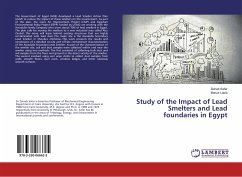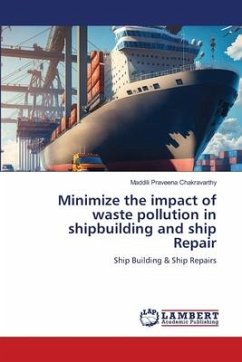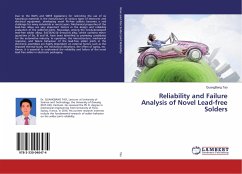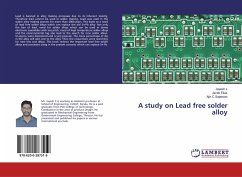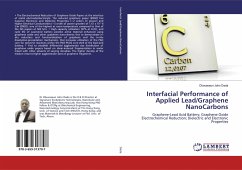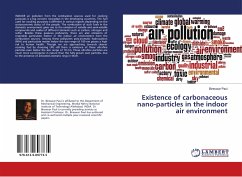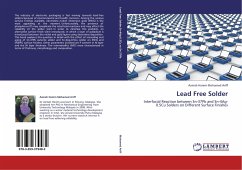The Government of Egypt (GOE) developed a Lead Smelter Action Plan (LSAP) to reduce the impact of these smelters on the environment. As part of the plan, the Cairo Air Improvement Project (CAIP) and Egyptian Environmental Policy Project (EEPP) funded by USAID are working with the Awadulla Family Company who owns about 70% of lead smelters in Egypt. The plan calls for moving the smelters to a new industrial area called Abu Zaabal. This move will leave behind existing structures that are highly contaminated with lead dust. The major site is the Awadulla Secondary Lead Smelter in Shoubra el-Khema. This work presents the results and conclusions of a detailed on-site and off-site contaminant characterization of the Awadulla Secondary Lead Smelter. As part of the characterization of the smelter site, soil and dust samples were collected within and near the smelter using two methods. The first consisted of collecting bulk dust and soil samples from the floor and ground in the direct vicinity of the smelter. The second involved using wet wipe cloths to collect dust samples from walls, smooth floors, duct work, window ledges, and other relatively smooth surfaces.
Bitte wählen Sie Ihr Anliegen aus.
Rechnungen
Retourenschein anfordern
Bestellstatus
Storno

